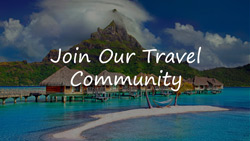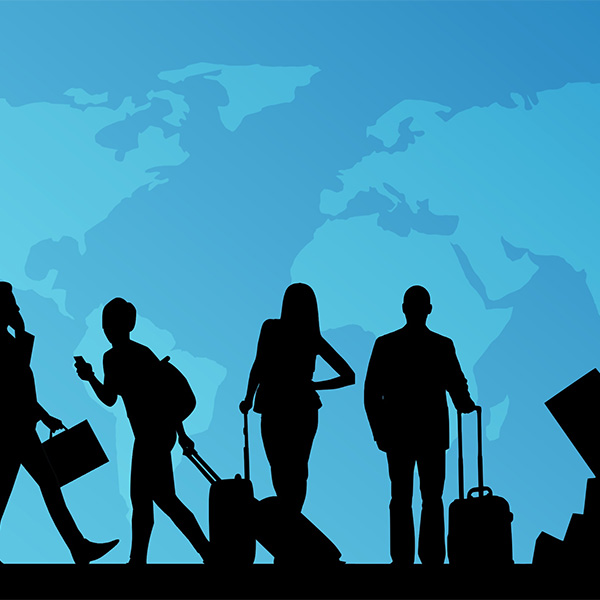Helpful facts and answers to common questions asked about Cairns to make planning your Cairns holiday easier.
Learn More About Cairns
So, you’re finally visiting Cairns in Far North Queensland. Knowing a little about a destination beforehand can help with planning and enhance your holiday experience. Take the stress out of planning your Cairns holiday with these key facts and this Cairns Guide.
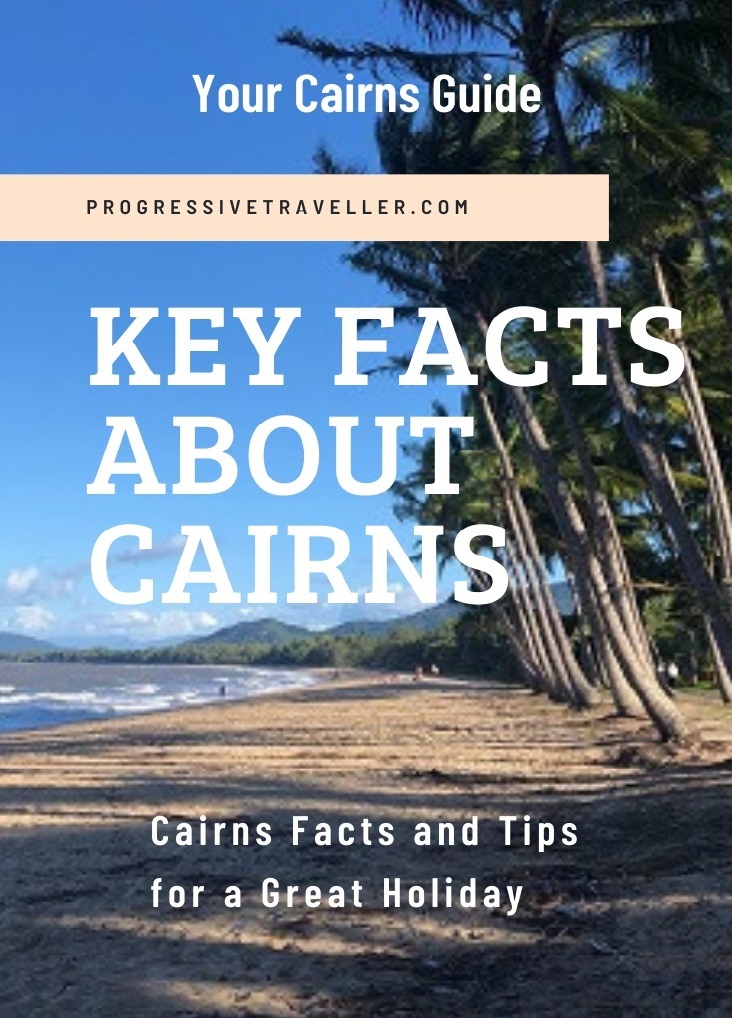
Geography
Cairns in Far North Queensland is located 1,700km north of Brisbane, on a slim coastal strip between the Coral Sea and Great Dividing Range. In 1876 the city was named after the State Governor of the day, Sir William Cairns. Today Cairns is the main centre of Northern Queensland.
Most people live in the inner and northern coastal suburbs of Cairns. Those looking for cooler temperatures and the small-town lifestyle tend to live at Kuranda, Atherton Tablelands and Mareeba.
Home to 2 World Heritage Listed Sites
It is a tropical paradise of white sand beaches, swaying palm trees, world heritage-listed coral reefs and ancient rainforests. Cairns is perfectly located near to both the Great Barrier Reef and the Daintree Rainforest. Over 900 islands make up the Great Barrier Reef, with only a few suitable for day trips and overnight stays. The more popular islands such as Fitzroy, Green, Low Isles, and Frankland are located a short boat ride away from Cairns CBD. These fabulous attributes make the Cairns region a world-renowned tourist destination.
Stunning Waterfalls & Natural Waterholes
Cascading waterfalls, lush valleys, tropical rainforests and majestic mountain ranges are only a short drive from Cairns. Millaa Millaa Falls is a heritage-listed waterfall and pristine waterhole just 35 minutes from the township of Atherton on the Tablelands.
Located 30 minutes from Cairns CBD is a series of small waterfalls and freshwater swimming holes known as Crystal Cascades. The track to the falls is mostly shaded, making it the ideal place to visit whether you choose to swim or not. Park facilities include car parking, picnic tables, electric BBQs, and a toilet block.
Also, just 15 minutes from the Crystal Cascade car park and well hidden in the dense rainforest is a local favourite “Fairy Falls”. There is some rock hopping needed to reach the magical swimming hole, so suitable waterproof footwear is recommended.
Undara National Park
The world’s longest lava tube cave systems can be found in the nearby Undara National Park. Estimated to be older than 190,000 years, these incredible feats of nature were created when huge volumes of lava spilled into a dry river bed and travelled for over 150 kilometres.
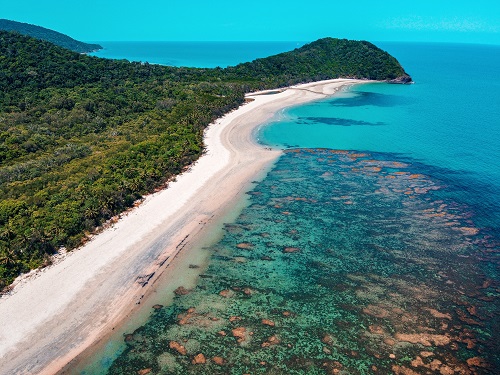
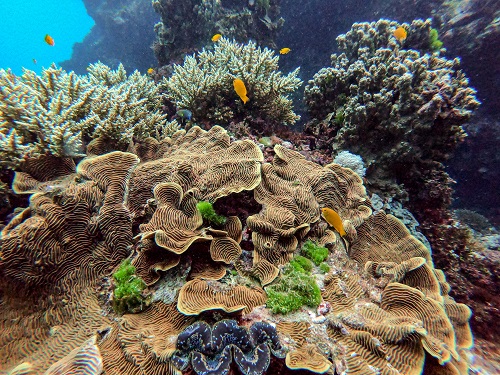
Agriculture
Tropical North Queensland has arguably the largest variety of fresh produce in Australia. Farmers Markets in Cairns proper and regional towns play a positive role in showcasing local produce from bananas to plantation-grown coffee. If your visit to a local farmers market doesn’t coincide on the right weekend, head to Rusty’s Markets in Cairns CBD which stocks a massive range of local and seasonal foods to suit every foodie. Open Friday, Saturday 5 am to 6 pm and Sunday 5 am to 3 pm.
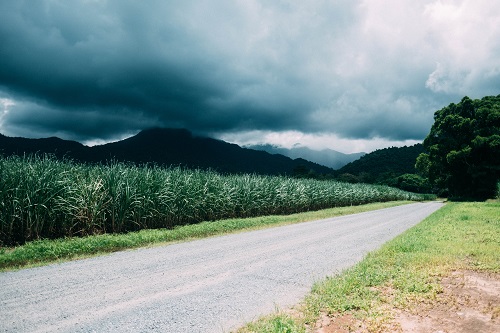
Sugar Cane Industry
For over 150 years, the sugar industry has played a significant part in the growth of Cairns. Fertile agricultural land and lush sugar cane fields are visible along the Captain Cook Highway and scenic coastal and inland routes.
Dairy Farmers Welcome Tourism
Atherton Tablelands is dairy country, so it is no surprise that boutique cheese, yoghurt and chocolate factories and cafés have opened the farm gates and are welcoming the public with open arms. Gallo Dairyland is a farming enterprise positioned between Atherton, Malanda and Yungaburra. The fully operational dairy farm is also a gourmet cheese factory and producer of beautiful hand-crafted chocolates.
Mungalli Creek Biodynamic Dairy and Farmhouse Café are located 10 minutes from Millaa Millaa Falls. It is North Queensland’s only Biodynamic Farmhouse Cheesery and Cafe. Products served in the café are made on premises from their own produce as well as locally-sourced ingredients. From the verandah, you can see Queensland’s highest mountain Mt Bartle Frere. Free tastings of their yoghurt and cheeses are available daily from 10am-4pm. Make a lunch stop at Mungalli café after you visit Mamu Canopy Rainforest Skywalk which is just 20 minutes away.
Abundant Seafood
Cairns is jam-packed with an abundance of restaurants offering fresh, local catches and exceptional seafood. The diverse range of wild-caught seafood varieties, including Spanish mackerel, barramundi, coral trout, tuna, lobster, and prawns. This is why Cairns is a key commercial fishing port in Australia.
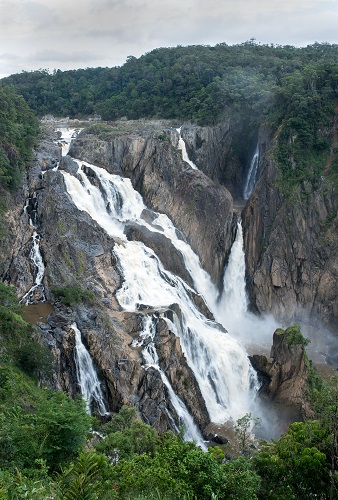
Health
Cairns tropical climate is the ideal breeding conditions for mosquitoes and midges. Some mosquito species carry diseases such as Ross River Fever, Malaria and Dengue Fever. Fortunately, none of these diseases is endemic in Cairns. However, infected visitors who travel to the region from countries where the conditions occur can spread these diseases.
Slip Slop Slap
Always carry with you sunscreen, insect repellent and a bottle of water. Don’t forget to apply sunscreen to the back of the legs, especially when snorkelling. This area of the body is commonly missed and can be extremely painful.
Cairns and most towns nearby have a medical system in place with government and privately run hospitals, clinics, surgical centres, dental service, and pharmacies.
Demography
Cairns population in 2020 is more than 165,000 and the top six nationalities of birth of people in Cairns are Aussies, British, Kiwis, Japanese, Korean and Indian according to the Australian Census Bureau.
Cairns region is the traditional land of Bama Aboriginal people and continues to be home to Aboriginal people from three main language groups and 15 clans. Approximately 9 percent of the region’s population is Indigenous and one of the highest populations of First People in Australia.
Religion
Christianity, Buddhism, Eastern Orthodox, and Islamic religious beliefs reflect Cairns’ multiculturalism and the ability to practise peacefully alongside each other. The stained-glass windows of St Monica’s Catholic Cathedral is a popular attraction in Cairns. These are the world’s largest themed stained-glass windows and depict the story of creation taken from the Book of Genesis. In total, there are 24 windows (12 along each side) and aptly named the “Creation Windows.”
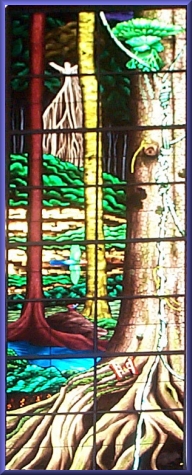
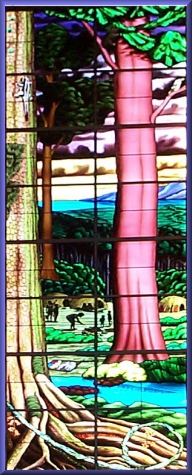
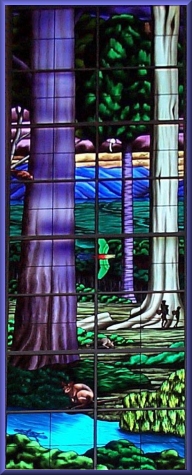
Time Zone
Cairns Time Zone is the same throughout Queensland. Australian Eastern Standard Time (AEST) is equal to coordinated universal time plus 10 hours (UTC +10).
Climate
When you are visiting a new destination, it is always wise to check beforehand when is the best time to visit. There are two distinct seasons in Cairns – wet and dry! It’s a tropical climate, hot and high in humidity, especially during the long summer months. The wet monsoonal season starts in early December and continues through to the end of March. January and March are the wettest months while August is the driest. From December to March, the temperatures are hotter and more humid ranging between 22° – 33°C. From April to November are the cooler more pleasant months with temperatures between 19°- 29°C. Hot days in the Tropics are often followed by a short burst of cooling evening rain.
May to September is the most ideal and popular time to visit Cairns. Grey nomads living in the cooler States of Australia flock to Cairns in winter and return home before the temperature rises to the mid-30s and the summer rain sets in.
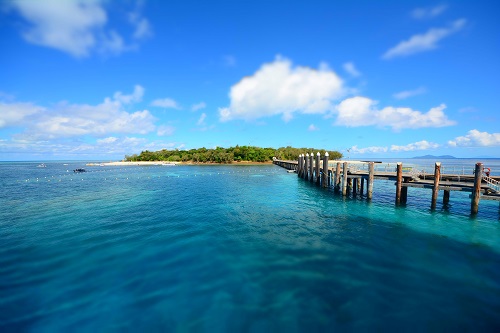
Driving
To hire a rental car in Cairns, you must have a valid driver’s license. Australians drive on the left side of the road, which means the steering wheel on a vehicle is on the right-hand side. The rule of thumb is the driver is always closest to the centre of the road. Speed limits are 60kph (approx. 40mph); however, in built-up residential areas and near schools, the speeds are reduced to 40-50km. On highways, motorists can experience speeds up to 110km per hour. Failing to wear a seat belt in Australia is an offence. It is also an offence if passengers, of any age, are not wearing a seatbelt or child restraint.
The penalty for illegally using your mobile phone while driving in Queensland is up to $1,000, making it the highest fine in Australia for illegal mobile phone use.
Rentalcars.com – search, compare and save.
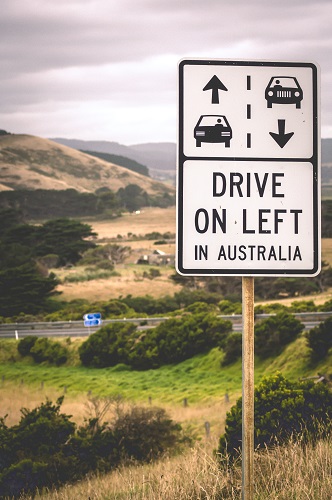
Electricity
The local electric current is 240 volts AC 50Hz. The three-pin power plug (Type I) are identical in Australia and New Zealand.
Most leading hotels and resorts have universal outlets for 240v or 110v shavers, hairdryers and other electrical appliances. Voltage converters and multi-purpose power adapters are available from major department and electrical stores, however, if you are travelling to a remote area, it is crucial you bring a backup phone battery in case of an emergency.
Wi-Fi & Connectivity
Australia’s country code is +61, and local Queensland code is 07. Most hotels and resorts have direct dialling facilities (IDD). International mobile networks like Telstra, Optus, Vodaphone, Virgin Mobile and more have a large presence in Australia, making it relatively easy to be connected. Telstra offers the largest network across Australia and the most reliable coverage.
With over 100 free Telstra Hotspots and community WiFi access points now available at popular Cairns locations between Babinda and Palm Cove, visitors can stay connected in Cairns and with home. Users can access up to 30 minutes of free WiFi per location, per device, per day at a speed of 100Mbps. Cairns airports and most accommodation in Cairns offer free WiFi. Select ‘Airport Free WiFi’ in your WiFi settings, and follow the prompts to get online. Photo ID is required in Australia to buy a sim or phone, so make sure you have your passport on you. To activate a sim is an easy process, but your retailer is there to help.
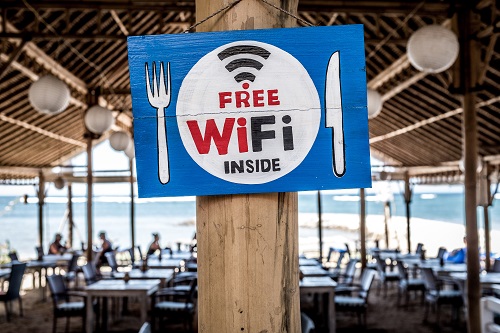
Currency and Banking
The Australian dollar is the basic unit of currency with denominations of $5, $10, $20, $50, and $100. Coins are 5c, 10c, 20c, 50c, $1 and $2. There are currency exchange locations available in Cairns, including Cairns Airport, Cairns CBD, banks, large shopping centres all with varying opening hours.
Australia’s four largest banks are open 9:30 am to 4:00 pm, Monday – Friday and closed on Saturdays and Sundays. ATMs are scattered around Cairns and at larger resorts, hotels and shopping centres.
Airports
Cairns Airport and Cairns International Airport (CNS) are medium-sized airports within walking distance of each other. The international and domestic airports have non-stop passenger flights scheduled to 30+ destinations in 6 countries. Japanese visitors are frequent to Cairns with direct flights operated by Jetstar from Tokyo in under 8 hours.
Flights from Brisbane to Cairns take around 2 hours, and flights from Sydney to Cairns are about 3 hours non-stop. Qantas, Virgin Australia, Jetstar, and Regional Express Airlines all fly routes into Cairns. Regional Express Airlines (REX) flies to over 50 destinations across the major Australian States and Territories such as Cairns, Townsville, Sydney, Melbourne, Adelaide and Perth. REX has its roots firmly grounded in the bush and country Australia, offering quality air services and connectivity with capital cities at affordable prices.
Drones
Click HERE for a snapshot of the drone rules in Australia and what you need to know before you take-off. It is important you understand the laws that keep you and others around you safe in the air and on the ground.
Tipping in Australia
In other countries, tipping can be a minefield of etiquette, but not here in Australia. Things are much more straightforward. The short answer is you do not have to tip anywhere in Australia, but you can if you want to.
Shopping
Cairns Central is the largest shopping centre in Far North Queensland with over 150 stores ranging from supermarkets, department stores, cafes and eateries, entertainment, fashion, homewares, and services. With a few exceptions, most retail shops are open Mon-Sat 9 am – 5:30 pm, Sundays and public holidays 10:30 am – 4:00 pm. The shopping centre is a 15-minute walk or 1 km drive from Cairn CBD.
Cairns CBD is the heart of the shopping district offering locals and visitors everything from duty-free shops, Australian souvenirs, hand-crafted indigenous artefacts and Opal jewellery, sheepskin products, supermarkets, fashion, gifts, and liquor outlets. Abbott Street is where you will find most of the duty-free shops and for indigenous handicrafts such as boomerangs and didgeridoos head Doongal Aboriginal Art & Artefacts on the Cairns Esplanade.
Food & Drink
Along with all this shopping, you will find dozens of restaurants, cafes, bars, eateries, and coffee shops offering shoppers a place to relax with a refreshing drink or hearty meal. Woolworths supermarket and a good selection of eateries on Lake Street offer a variety of cuisines to suit every budget. Those with a sweet tooth mustn’t miss the Crepe Shop located at the Cairns Night Markets entrance on Lake Street.
Cairns Bars
Like every city, there are standout awesome bars, and Cairns is no different. Three Wolves, Wolf Lane Distillery, Flamingos Tiki Bar, The Conservatory Bar, Miss Chief, Salt House to mention but a few of the favourite bars in Cairns.
Rocco at Riley is Cairns’ highest rooftop bar and restaurant boasting 270-degree panoramic views of Cairns and the surrounding Coral Sea.
Cairns Craft Beer
Beer lovers should head to Hemingway’s Brewery on Cairns Wharf and indulge in a tasting paddle from the 20 beers on tap including Hemingway’s own brewed beers, specialty collaborations, and craft ciders. Another brewer making his mark in the beer industry is Rob from Macalister Brewing Company. It is a local favourite hangout and the place to enjoy a great selection of craft beers with sunset views over the Smithfield canefields.

What to Pack for Your Cairns Holiday?
For Cairns pack for a tropical holiday of summer sun and hot, humid weather, all year round. Even during the winter months between June and August. Shorts, t-shirts, swimwear, sarongs, thongs (flip flops), a wide-brimmed hat, and your favourite casual outfits such as maxi dress and collared shirts for men for restaurants and nightclubs. Don’t forget to pack a Rashi to protect you from the harsh Australian sun and a light rain /wind jacket in the wet season.
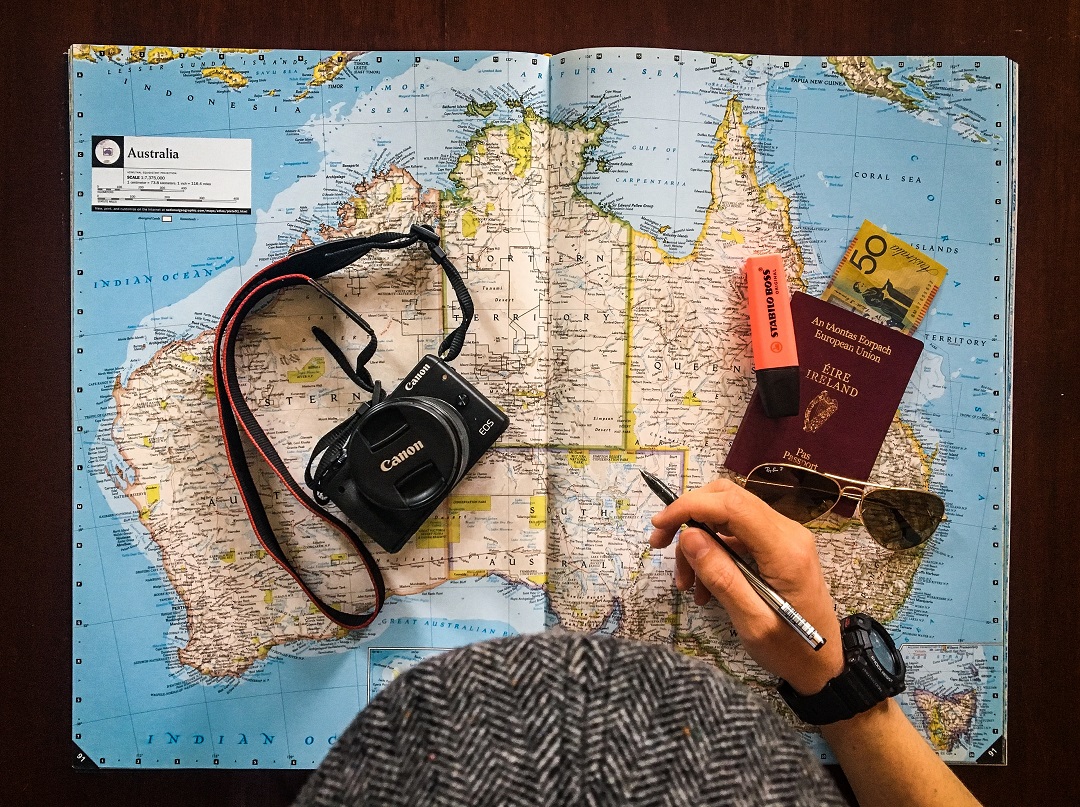
The following packing list is just some of the things you may need during your Cairns holiday:
- Underwater camera or Go Pro
- Snorkelling gear (if you prefer not to hire)
- Sunscreen, a wide-brimmed hat, long-sleeve cotton shirt, Rashi shirt for extra reef-friendly sun protection and aftersun products
- Insect repellent
- Swimwear and sun wrap/sarongs
- Light-weight rain/wind jacket
- Clothing that protects the chest, shoulders, and knees
- Hiking shoes for exploring the rainforests, waterfalls, and trails
- Reef shoes for water activities
- Small First Aid Kit, medications and prescriptions
- Battery packs, phone chargers, and power converters
- Passport, Drivers License and copies of your travel documents and bookings
- A Kindle or book
Never Overpack Again. Get My Free Packing Checklist
It is normal to feel a little overwhelmed with all the holiday preparation needed but don’t worry yourself, this guide will provide you with all the handy tips for your visit to Cairns. There is no doubt Cairns is an interesting city, and plenty of things to do, whether you decide to take excursions or simply relax on one of Cairns sun-drenched beaches.
Disclosure: We use affiliate links to monetise our content. The Progressive Traveller may receive a commission on products or services that you purchase through clicking on links within this blog.

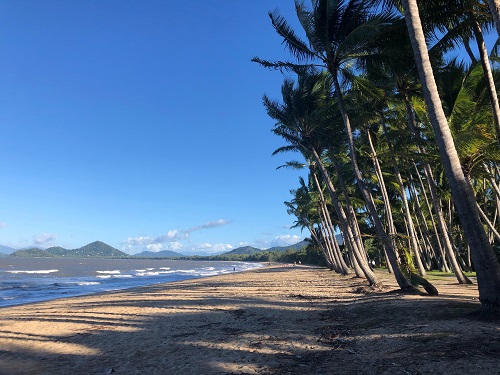
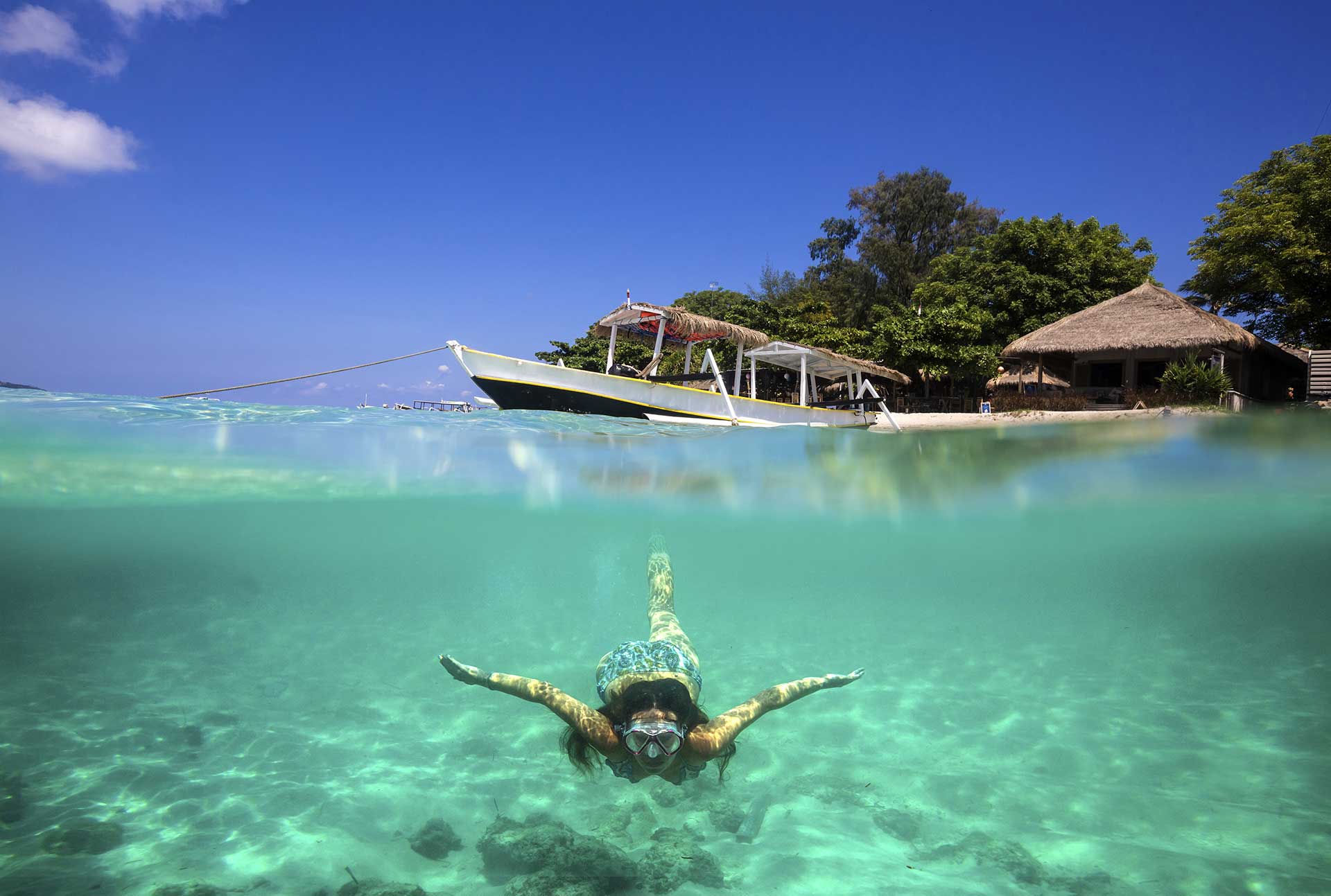

 I am the Progressive Traveller. I've been travelling the world extensively since 2002. My website is full of travel stories, tips, recommendations, resources, offers for you to use and enjoy. Follow my journey on social media and travel the world with me. Happy days.
I am the Progressive Traveller. I've been travelling the world extensively since 2002. My website is full of travel stories, tips, recommendations, resources, offers for you to use and enjoy. Follow my journey on social media and travel the world with me. Happy days.